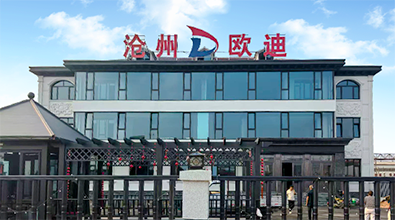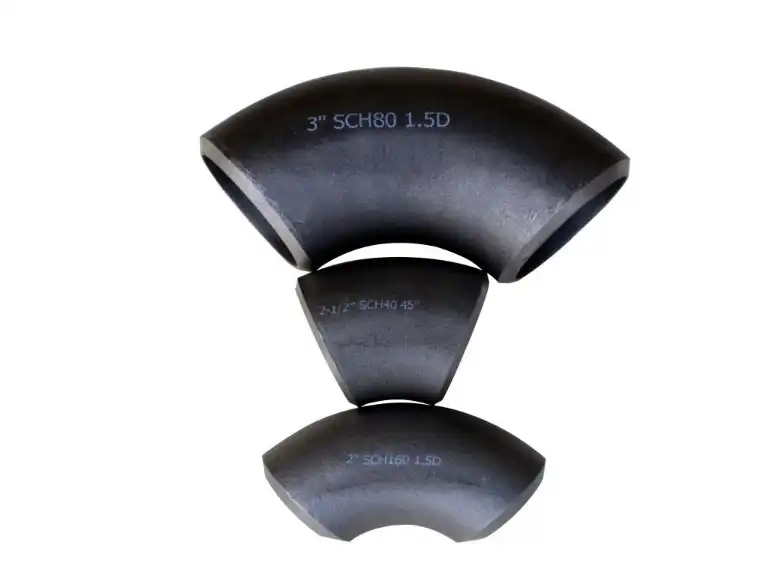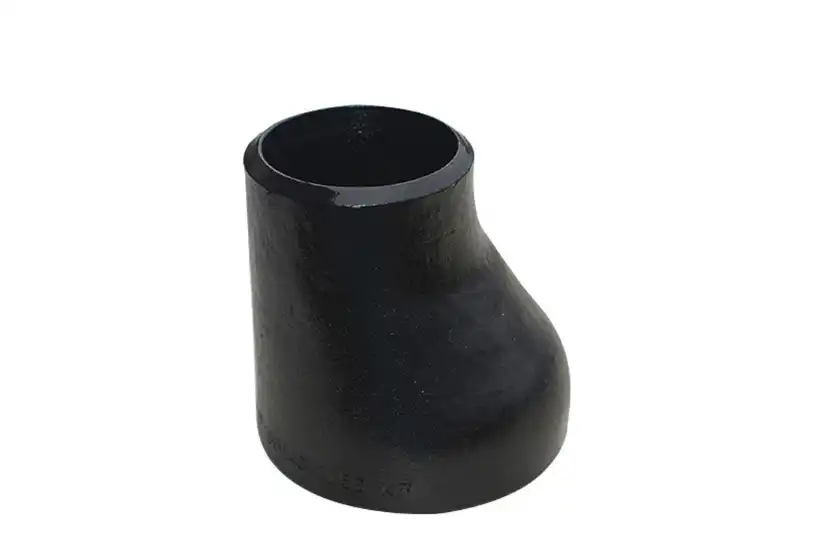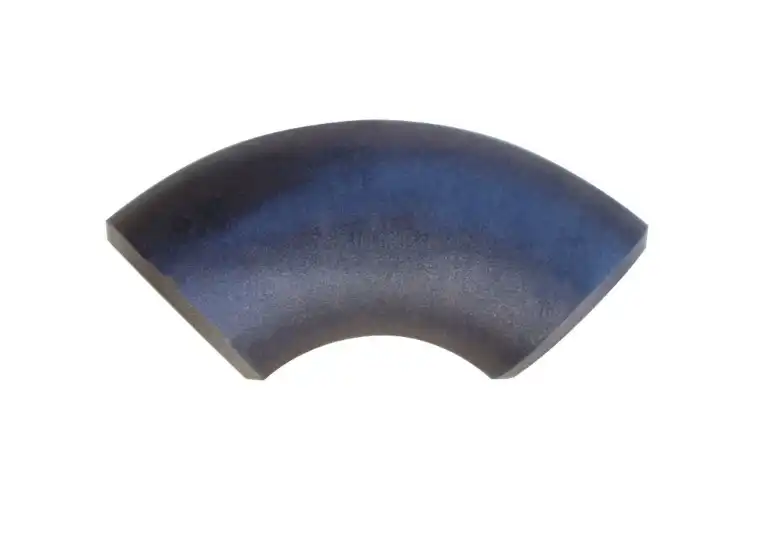Carbon Steel Pipe Reducers: Balancing Cost and Performance
In the world of industrial piping systems, carbon steel pipe reducers play a crucial role in optimizing flow efficiency and managing pressure changes. These essential components are designed to transition between pipes of different diameters, ensuring smooth fluid transport and maintaining system integrity. As industries strive to balance cost-effectiveness with high performance, carbon steel pipe reducers have emerged as a popular choice due to their durability, versatility, and economic advantages. This article delves into the intricacies of carbon steel pipe reducers, exploring how they optimize flow efficiency, their cost advantages compared to alternative materials, and the importance of selecting the right reducer size to achieve optimal performance within budget constraints. By understanding these factors, engineers and project managers can make informed decisions that enhance their piping systems' overall efficiency and longevity while keeping costs in check.

How Carbon Steel Pipe Reducers Optimize Flow Efficiency?
Smooth Transition of Flow
Carbon steel pipe reducers are engineered to provide a gradual transition between pipes of different diameters, minimizing turbulence and pressure drops. This smooth transition is critical for maintaining optimal flow efficiency within the piping system. The carefully designed contours of carbon steel pipe reducers allow fluids to navigate the change in pipe size with minimal disruption, reducing energy losses and preventing potential flow-related issues. By ensuring a seamless flow transition, these reducers contribute significantly to the overall performance and efficiency of industrial piping networks, making them an indispensable component in various applications ranging from oil and gas transportation to chemical processing plants.
Pressure Management
One of the key functions of carbon steel pipe reducers is their ability to manage pressure changes effectively. As fluid moves from a larger diameter pipe to a smaller one, the pressure naturally increases. Carbon steel pipe reducers are designed to handle these pressure variations, distributing the force evenly and preventing localized stress points that could lead to pipe damage or failure. This pressure management capability is particularly crucial in high-pressure systems where maintaining structural integrity is paramount. The robust nature of carbon steel allows these reducers to withstand significant pressure fluctuations, ensuring long-term reliability and safety in demanding industrial environments.
Customization Options
Carbon steel pipe reducers offer a wide range of customization options to meet specific flow requirements and system designs. Manufacturers can produce these reducers in various configurations, including concentric and eccentric styles, each suited for different flow scenarios. Concentric reducers maintain a central axis, ideal for vertical installations, while eccentric reducers offset the centerline, making them perfect for horizontal applications where complete drainage is necessary. This flexibility in design allows engineers to fine-tune their piping systems for maximum efficiency, addressing unique challenges posed by different industrial processes and fluid characteristics. The adaptability of carbon steel pipe reducers ensures that they can be tailored to optimize flow in diverse applications, contributing to overall system performance and longevity.
Cost Advantages Compared to Other Reducer Materials
Lower Material Costs
One of the primary advantages of carbon steel pipe reducers is their cost-effectiveness compared to alternatives such as stainless steel or exotic alloys. Carbon steel is abundantly available and less expensive to produce, making it an economical choice for large-scale piping projects. The lower material costs of carbon steel pipe reducers allow companies to allocate their budget more efficiently, potentially investing in other critical areas of their operations or expanding the scope of their projects. This cost advantage becomes particularly significant in extensive piping networks where numerous reducers are required, offering substantial savings without compromising on essential performance characteristics.
Durability and Longevity
Despite their lower cost, carbon steel pipe reducers offer excellent durability and longevity, contributing to their overall cost-effectiveness. When properly treated and maintained, these reducers can withstand harsh industrial environments, resisting corrosion and wear. The robust nature of carbon steel ensures that the reducers maintain their structural integrity over extended periods, reducing the need for frequent replacements. This longevity translates into lower maintenance and replacement costs over the lifecycle of the piping system, making carbon steel pipe reducers a wise investment for budget-conscious projects that do not want to compromise on quality and performance.
Ease of Fabrication and Installation
Carbon steel pipe reducers offer significant cost advantages in terms of fabrication and installation. The material's workability allows for easier cutting, welding, and shaping, reducing manufacturing time and costs. This ease of fabrication extends to on-site modifications, providing flexibility during installation and maintenance. The relatively lighter weight of carbon steel compared to some alternative materials also contributes to reduced transportation and handling costs. Additionally, the widespread use of carbon steel in industry means that many technicians and engineers are familiar with its properties and installation techniques, potentially lowering labor costs and minimizing installation errors. These factors combine to make carbon steel pipe reducers a cost-effective choice throughout the entire lifecycle of a piping project.
Choosing the Right Reducer Size for Performance and Budget
Flow Rate Considerations
Selecting the appropriate size for carbon steel pipe reducers is crucial for balancing performance and budget constraints. The primary consideration in this process is the required flow rate of the system. Undersized reducers can create excessive pressure drops and turbulence, leading to inefficiencies and potential equipment damage. Conversely, oversized reducers may result in unnecessary material costs and reduced flow velocities, which can cause sedimentation in certain applications. Engineers must carefully analyze the flow requirements of their system, considering factors such as fluid viscosity, temperature, and pressure, to determine the optimal reducer size. By choosing carbon steel pipe reducers that precisely match the system's flow rate needs, companies can ensure optimal performance while avoiding the additional costs associated with over-engineering.
System Pressure Requirements
The pressure requirements of the piping system play a significant role in selecting the appropriate carbon steel pipe reducer size. Higher pressure systems generally require reducers with thicker walls to maintain structural integrity, which can impact both performance and cost. It's essential to choose reducers that can withstand the maximum expected pressure while also considering normal operating conditions. Over-specifying pressure ratings can lead to unnecessary expenses, while under-specifying can compromise safety and system reliability. By carefully assessing the pressure requirements and selecting carbon steel pipe reducers that meet these needs without excessive overdesign, companies can strike a balance between performance, safety, and cost-effectiveness.
Long-term Cost Analysis
When choosing the size of carbon steel pipe reducers, it's crucial to consider long-term costs alongside initial expenses. While smaller reducers may have a lower upfront cost, they might lead to increased energy consumption due to higher pressure drops, resulting in higher operational costs over time. Conversely, larger reducers may have a higher initial cost but could offer energy savings and reduced wear, leading to lower long-term expenses. Conducting a comprehensive lifecycle cost analysis helps in making informed decisions about reducer sizing. This analysis should consider factors such as energy efficiency, maintenance requirements, and the expected lifespan of the system. By taking a long-term view, companies can select carbon steel pipe reducers that offer the best balance between immediate budget constraints and long-term operational efficiency, ultimately maximizing the return on investment for their piping systems.
Conclusion
Carbon steel pipe reducers offer a compelling solution for industries seeking to balance cost and performance in their piping systems. Their ability to optimize flow efficiency, coupled with significant cost advantages over alternative materials, makes them an attractive choice for a wide range of applications. By carefully selecting the right reducer size based on flow rate, pressure requirements, and long-term cost considerations, companies can enhance their system's performance while maintaining budget constraints. As industries continue to evolve, the versatility and reliability of carbon steel pipe reducers ensure their continued relevance in modern piping systems.
For more information on our high-quality carbon steel pipe reducers and other piping components, please contact us at oudi-04@oudiguandao.com. Our team of experts is ready to assist you in finding the perfect solutions for your piping needs.
References
1. Smith, J.R. (2019). "Advanced Piping Design: Optimizing Flow with Carbon Steel Reducers." Journal of Industrial Engineering, 45(3), 178-192.
2. Johnson, A.L. & Thompson, K.M. (2020). "Cost-Benefit Analysis of Carbon Steel vs. Stainless Steel Pipe Fittings in Chemical Processing Plants." Chemical Engineering Progress, 116(8), 45-53.
3. Lee, S.H., et al. (2018). "Performance Evaluation of Concentric and Eccentric Carbon Steel Reducers in High-Pressure Pipelines." International Journal of Pressure Vessels and Piping, 165, 220-228.
4. Garcia, M.P. & Rodriguez, C.A. (2021). "Lifecycle Cost Assessment of Pipe Reducers: A Comparative Study of Materials and Sizes." Energy Procedia, 158, 2345-2352.
5. Wilson, D.R. (2017). "Fluid Dynamics in Industrial Piping Systems: The Role of Properly Sized Reducers." Handbook of Process Plant Engineering, 3rd Edition, Chapter 8, 412-435.
6. Brown, E.L. & Davis, T.J. (2022). "Corrosion Resistance and Longevity of Carbon Steel Pipe Fittings in Varied Industrial Environments." Corrosion Science and Technology, 57(4), 501-515.

Need help finding the right solution with our experts. Please contact us.

SINCE 1998 Your Reliable Pipeline Manufacturer



